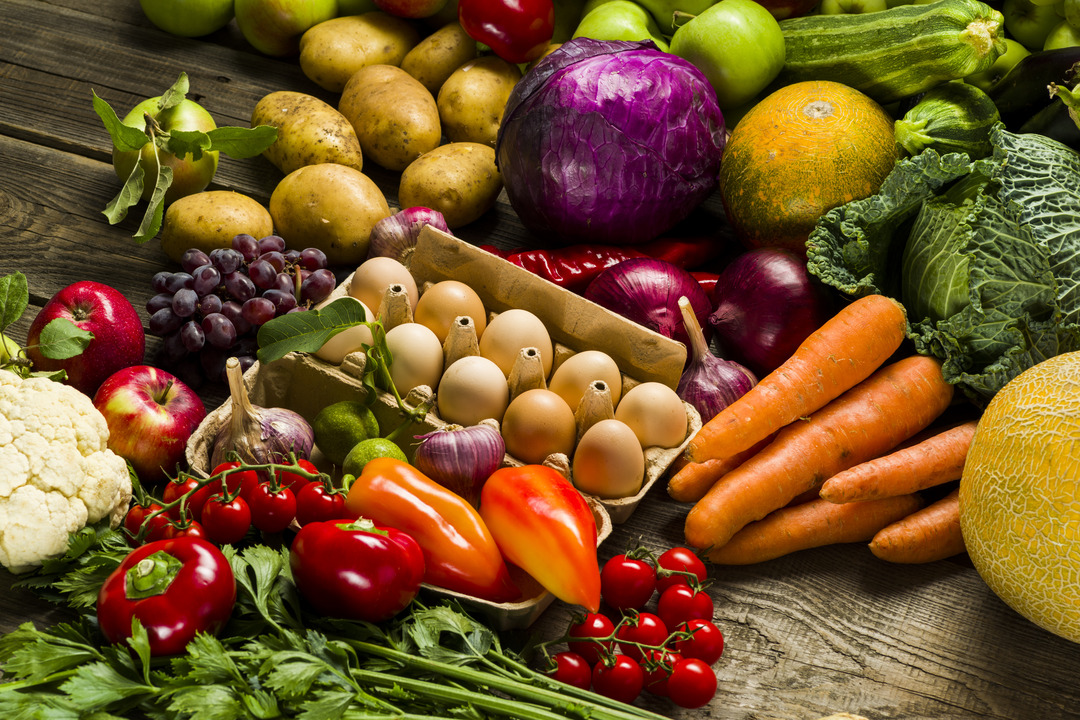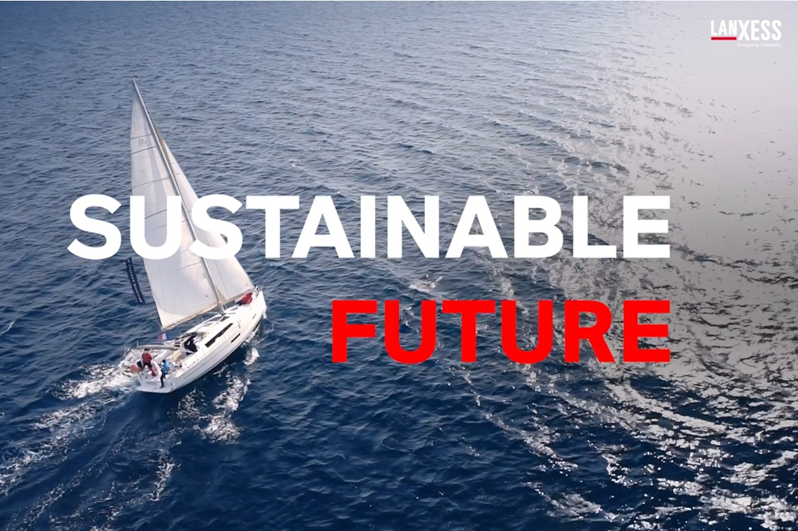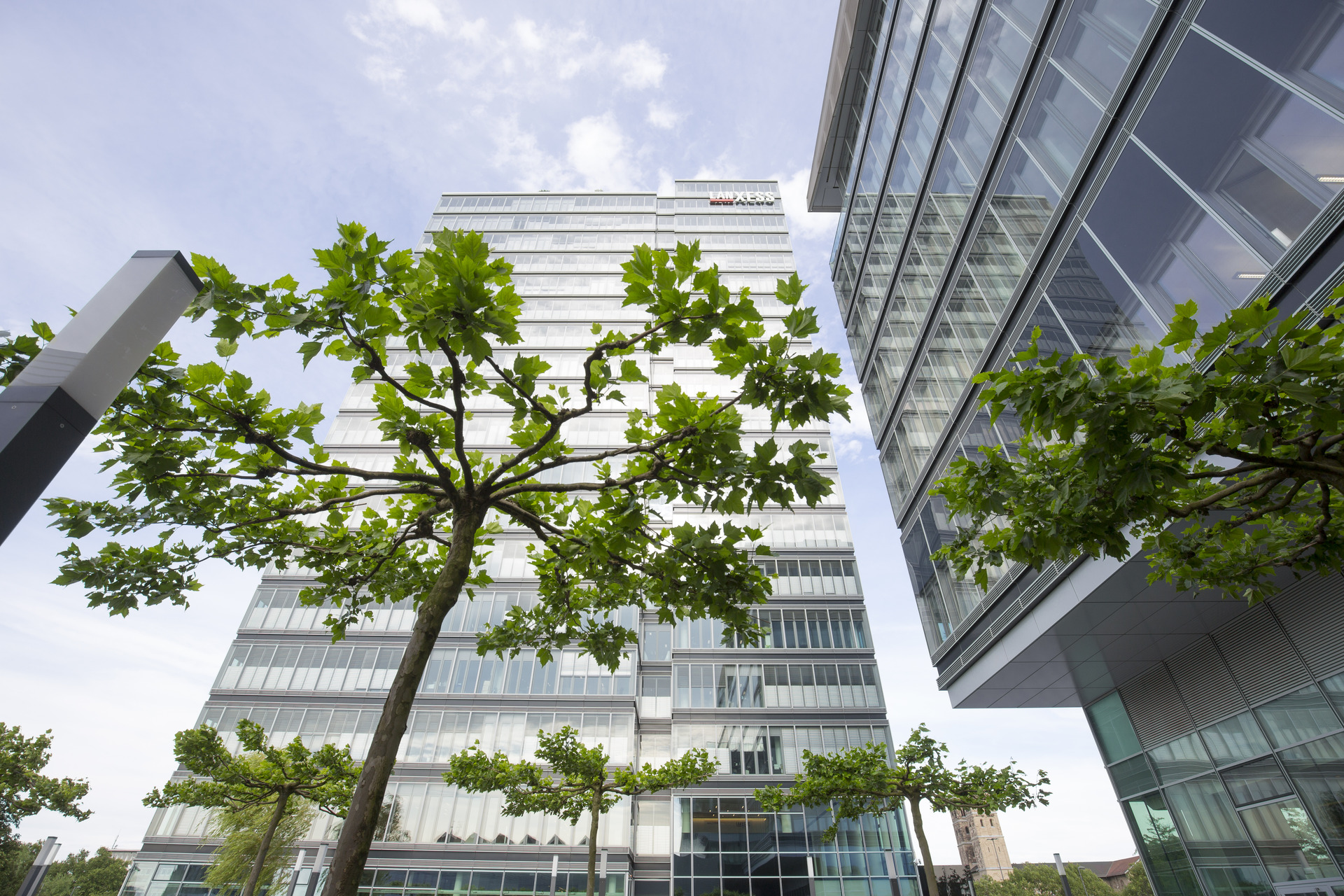SEVENTEEN GOALS FOR A BETTER PLANET
Seventeen goals for a better Planet
“Business is a vital partner in achieving the Sustainable Development Goals. Companies can contribute through their core activities, and we ask companies everywhere to assess their impact, set ambitious goals and communicate transparently about the results.”
Ban Ki-Moon
UN Secretary-General 2007-2016
SUSTAINABILITY CONNECTS PEOPLE
It is the task of all in society – be it government, civil society or business – to promote sustainable development. LANXESS is therefore supporting the 17 SDGs and thinking and acting with sustainability in mind, for example through stable procurement, safe and sustainable sites, a sustainable product portfolio, climate protection and energy efficiency.
However, sustainability starts with procurement. As a founding member of the “Together for Sustainability” initiative, LANXESS promotes the uniform evaluation of suppliers based on sustainability criteria, together with partners from the chemical industry. The aim is for every buyer to be able to recognize quickly and easily the supplier’s position toward its products in terms of human rights, working standards, occupational safety, environmental protection and business integrity.
 United Nations
United NationsClimate action
At the Paris Climate Conference 2015, 195 countries agreed on a global climate deal. It includes a global action plan that should limit global warming to significantly lower than 2 °C in order to counteract dangerous climate change.
 United Nations
United NationsGood health and well-being
LANXESS products play an important role in preventing diseases. For example, the active ingredient Picaridin in insect sprays protects against West Nile Virus, dengue fever and Zika virus. The mode of action here is very simple, with the insect repellent forming a protective layer on the skin after application.
This masks a person’s characteristic odor so bugs such as ticks and mosquitoes can no longer sense people. The product is even recommended by the United Nations World Health Organization (WHO).
For more informations about Icaridin see here.
 United Nations
United NationsClean water and sanitation
Approximately two thirds of the Earth’s surface is covered with water. Of this fraction, 97.4 percent is salt water and therefore cannot be used directly. With LANXESS water-treatment products, this water becomes usable. There are numerous possibilities here.
These range from city wastewater recycling and water treatment in industries to seawater desalination on land. Technologies like these are especially important in areas with a dry climate or with limited access to clean water.
One example is Lazorde Bay, located west of Alexandria, Egypt. Here, a water treatment system with 48 Lewabrane® membrane elements converts 900 cubic meters of water from the Mediterranean Sea into water of potable quality every day.
THE SDGS – CHALLENGE AND OPPORTUNITY
Much has been achieved already in terms of sustainable development – and every contribution in terms of climate protection, improving living conditions and saving valuable resources counts.
Sebastian Röhrig,
Head of Corporate Responsibility





